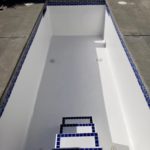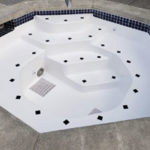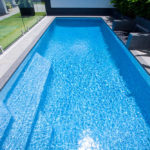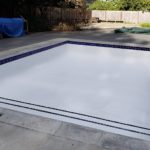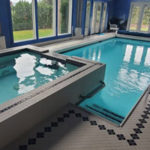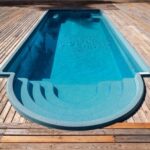Glasscoat pool resurfacing is a type of pool resurfacing that uses glass beads instead of traditional sandblasting. This method is often used to achieve a more polished look for your pool.
Why Would You Want to Glasscoat Pool Resurfacing?
There are several reasons why you might want to glasscoat pool resurfacing. You need these reasons before you seal the deal with a swimming pool repair las vegas.
One reason is that glass coating can make your pool look shiny and new again. If your pool is starting to look dull, glass coating can help brighten it up. Another reason to glasscoat your pool is that it can help protect the surface from staining and fading.
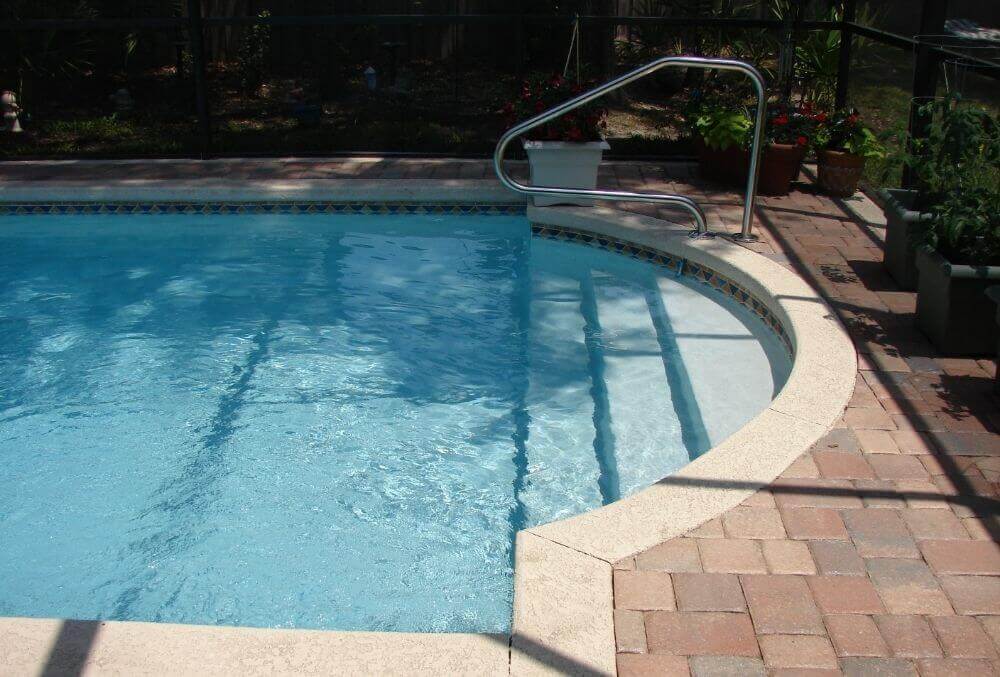
How Do You Glasscoat Pool Resurfacing?
There are a few steps involved in glasscoat pool resurfacing:
- Clean the pool surface to remove dirt, algae, or other debris.
- You’ll need to apply a glasscoat primer to the surface. Once the primer is dry, you can then use the glass beads.
- You’ll need to seal the glass-coated surface to protect it from weathering and wear.
Glasscoat pool resurfacing is a great way to improve the look of your pool and protect the surface from staining and fading. Follow the steps above to glasscoat your pool and enjoy a shiny, new pool surface.
Where Glasscoat Pool Resurfacing Originate?
Glasscoat pool resurfacing was first introduced in Australia in the early 2000s. It quickly gained popularity due to its shiny, polished look.
Glasscoat pool resurfacing is now commonly used all over the world.
How Long Does Glasscoat Pool Resurfacing Last?
With proper care, glasscoat pool resurfacing can last for several years. There are a few disadvantages of glasscoat pool resurfacing. One downside is that glasscoating can be more expensive than traditional sandblasting. Another disadvantage is that glasscoating can be more time-consuming than others.
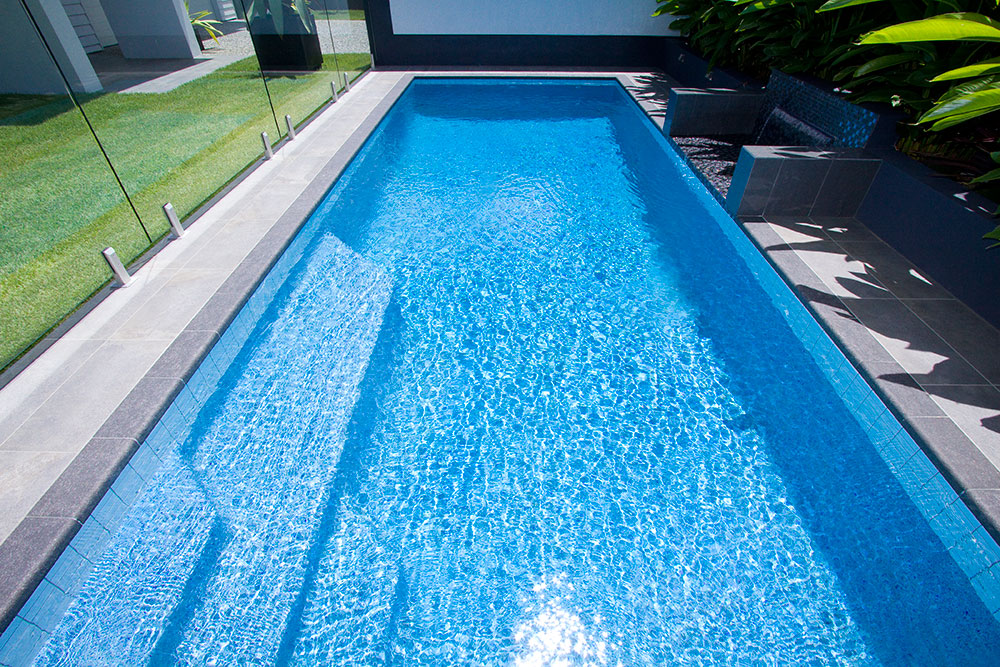
How to Glasscoat Pool Resurfacing
There are a few steps involved in glasscoat pool resurfacing. First, clean the pool surface to remove any dirt, algae, or other debris. Next, you’ll need to apply a glasscoat primer to the surface. Once the primer is dry, you can then use the glass beads. Finally, you’ll need to seal the surface. Sealing does two jobs.
First, sealing the swimming pool exterior surface provides it with a polished, shimmering look. The second is for protection, which makes the material last for many years.
Why is Glasscoat Best for Swimming Pools?
Glasscoat pool resurfacing is a type of pool resurfacing that uses glass beads instead of traditional sandblasting. This method is often used to achieve a more polished look for your pool.
There are several reasons glasscoat is the best type of resurfacing for swimming pools:
1. Glasscoat pool resurfacing can make your pool look shiny and new. If your pool is starting to look dull, a glasscoat can help brighten it up.
2. Glasscoat pool resurfacing can help protect the surface from staining and fading.
3. Glasscoat pool resurfacing is more durable than other types of resurfacing, so it will last longer.
4. Glasscoat pool resurfacing is less expensive than other types of resurfacing.
If you’re looking for a way to improve the look of your pool and protect the surface from staining and fading, glasscoat pool resurfacing is the best option.
